Another simple, three-material fly. This time a shrimp, well suited for seatrout and probably fine for a number of other saltwater species not least bonefish. Super simple to tie and with easily accessible and cheap materials.
Shrimps are a very common saltwater prey and here in my home waters they are a very important part of any fly fisherman's box. During the recent years we have witnessed the Pink Pig Craze here in Denmark and northern Europe, and this creation has been marketed as the best thing since sliced bread. It has seemed like no one could catch a sea trout without it.
Personally I have never caught anything on a Pink Pig. It might have to do with the fact that I have only fished it a couple of times.
It's too complex and too large. And it uses the most valued fly tying material on the market: pink spey hackle, which is now priced and traded together with gold and diamonds and has to be transported in armored cars to the fly shops.
My good friend Ken tied a Mini Pig, which is much like the Pink Pig, but shorter and lighter. Much more to my liking!
It might be that the original Pink Pig will increase the average size of the fish you catch (Some people really say so!), but I still don't like it much. And the color?! Yikes!
I need a shrimp
But I certainly do need a shrimp in my box, and for the sake of the Pink Pig fans I'm also going to tie one in Piggy pink. The ones that wind up in my own box are most likely going to be dull gray, grizzly, light tan and maybe white. I will tie the pink one for photos, but in the future they are going to be few and far between. The only pink shrimp we see here (apart from the flies in almost everybody else's boxes) are the ones that are boiled and served on a piece of toast with lemon juice and freshly ground pepper over them.
Three materials
Eyes
A shrimp must have eyes. I am sure that eyes are and important part of what the fish key in on when they hunt shrimp. The eyes on many shrimp are quite visible. The shrimp itself is almost translucent and very well camouflaged, but the black dots stand out. I'm a sucker for bead chain eyes, and they come in black too. They are easy to work with, cheap and add some weight. If you want more weight on your Mundane Shrimp, use black dumbbell eyes.
I certainly do need a shrimp in my box
Antennae
The other very obvious thing on many shrimp species is the antennae. They are often thin, long and usually very shiny and difficult for the shrimp to hide. Light will reflect in them and give away the poor crustacean immediately. So we need shiny antennae, and smooth flash straws will do fine there.
But notice that some shrimp have short, stiff and quite dull antennae.
Body and legs
I will use soft hackle feathers for the body and the legs. Whiting Chickabou is the best I know, but you can buy bags of soft hackle feathers, which will work well. And most necks and saddles have leftover soft hackle feathers along the edges, which can be used for this fly. In a tight spot you can also use marabou.
A variation
I know some anglers who never fish anything else than the Honey Shrimp, and for their benefit I'll throw in an alternate material: rubber legs. I like rubber legs, but for the ease of tying the fly the fly there will be no meticulous arranging them. I will simply knot and tie on a bunch. And in keeping with the rules, I drop the flash and the antennae. The rubber legged version is my own preferred variation of the Mundane Shrimp and will be the one I set in production for my 2012 season. It's a surprisingly good imitation in spite of its simplicity.
Remember: Three materials, my friends... only three materials.
Tying instructions
Hand picked for this article
- Log in to post comments

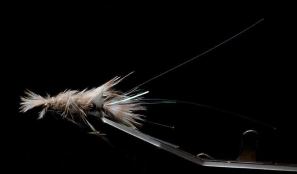
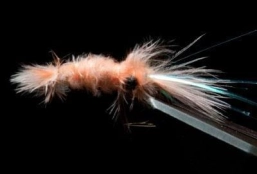
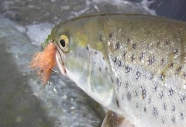
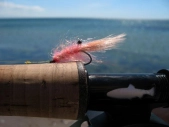

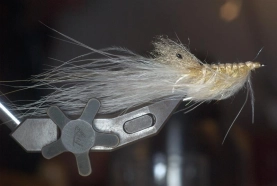

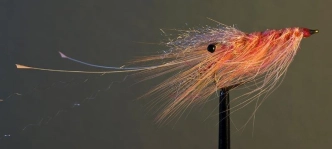
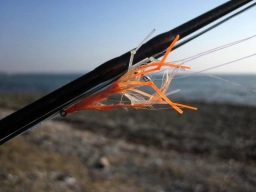
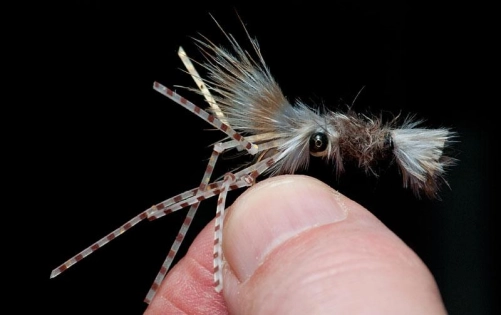
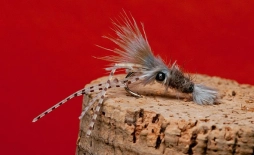
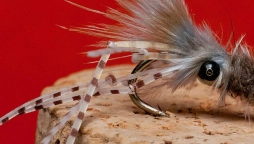
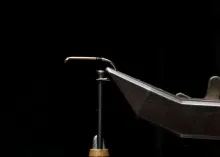

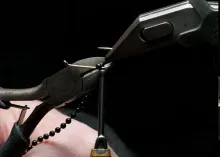




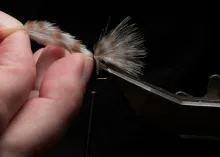
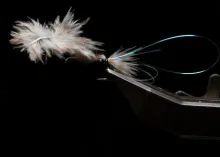
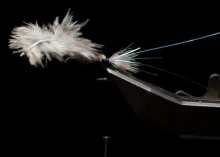
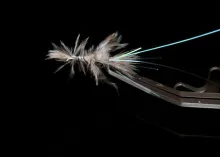
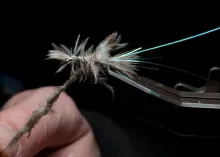
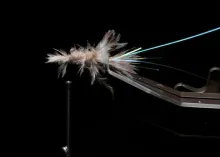
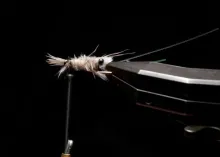

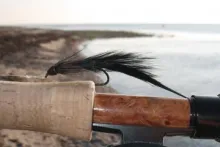
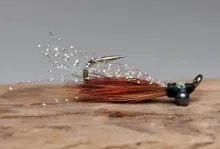
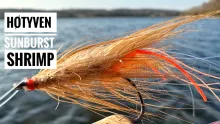
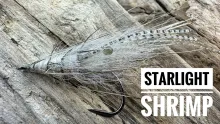
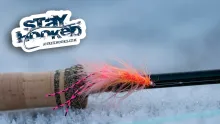
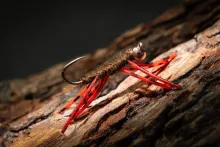
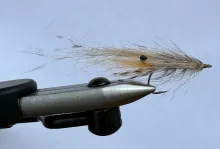
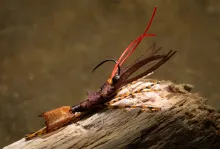

Allan, Flammen (T
Allan,
Flammen (The Flame in English) is certainly and effective fly. For those who don't know Flammen is essentially a pink Christmas Tree.
Martin
Flammen will do the
Flammen will do the exact same job as the Pink Pig.
Much easier to tie, and inexpensive.